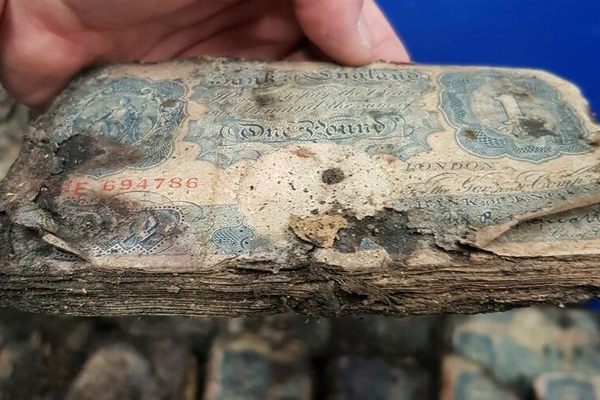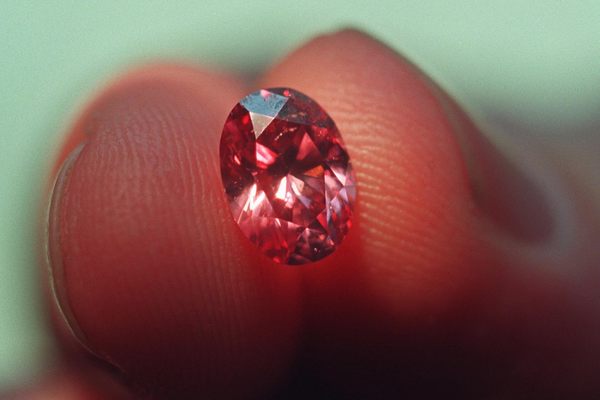For Sale: A Penny Worth a Fortune
In 1943, copper was supposed to be preserved for the war effort.

Most pennies are worth a single cent, but one very special 76-year-old coin up for sale this week will net far, far more than that.
Copper pennies issued in 1943 look, in most ways, like any other you might find on the street, but they were never supposed to be made. That year, pennies were to be struck from steel, in order to preserve copper for things such as shell casings and telephone wire, which were vital to the American military effort in World War II. Diligent as the mints were, some leftover copper (or bronze, technically) planchets from 1942 snuck into the coin presses and were struck into pennies in the new year. The few copper pennies that emerged in 1943 were obscured and protected by the millions of “steelies.”
Just 10 to 15 of these mistake coins are believed to be in circulation today. One of them hits the auction block this week at Heritage Auctions, in Orlando, Florida.
With a handful of coppers emerging from mints around the U.S., word of these rarities began to spread, along with a false rumor that Henry Ford would provide a free car to anyone who could supply him with one of the pennies. Eager to save face, the Treasury Department deflected collectors’ inquiries with a firm form letter: “In regard to your recent inquiry,” the Treasury insisted, “please be informed that copper pennies were not struck in 1943. All pennies struck in 1943 were zinc coated steel.”

In March 1947, a man named Don Lutes, Jr. obtained one of these numismatic blunders from his high school cafeteria in Pittsfield, Massachusetts. But after receiving the Treasury’s letter—not to mention a rejection from Ford after asking about a free car—Lutes, Jr. put his penny aside, unable to confirm its singularity or value. Noticing the tension between the reddish hue and the embossed year, he held onto it, despite the naysayers. His instinct was validated in 1958, when another collector’s 1943 copper penny was sold for $40,000, according to the United States Mint. That’s a lot to pay for a penny no matter how you look at it—adjusted for inflation, however, it’s the equivalent of more than $300,000 today.
Over the decades, Lutes, Jr.’s coin became an icon of numismatic errors, and will fetch more than $100,000 at auction this week. Talk about a lucky penny.













Follow us on Twitter to get the latest on the world's hidden wonders.
Like us on Facebook to get the latest on the world's hidden wonders.
Follow us on Twitter Like us on Facebook